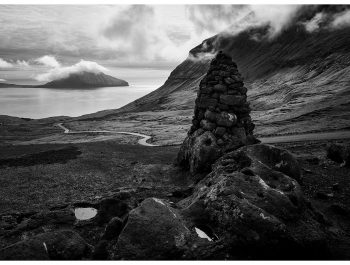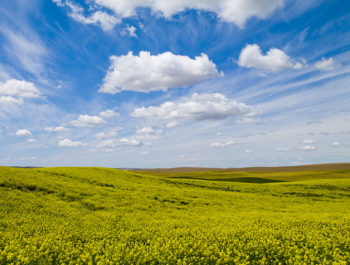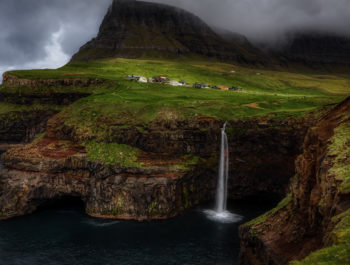Who Is Steve Gosling – Faroe Islands Workshop Instructor
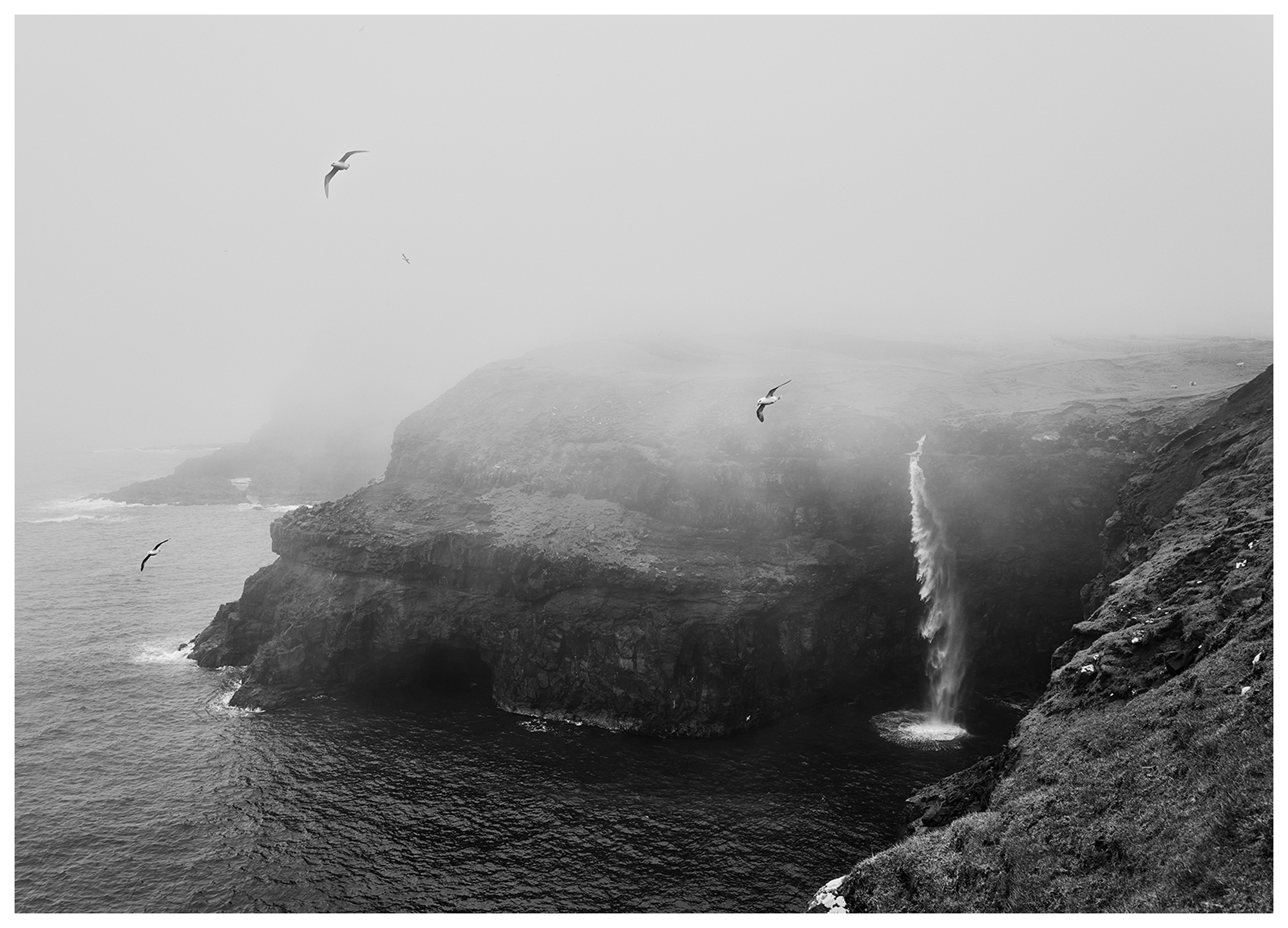
Publishers Note: Steve Gosling is one of my best friends and a fantastic photographer. I have been fortunate to do several workshops with Steve over the year. We both have the same strong passion for photography but also share a fun and similar sense of humor. Our styles are different, and we poke fun at each other a lot when it comes to that. Steve is a contemplative photographer with a fantastic vision for finding perfection in a shot.
Yesterday I posted an article about the Faroe Islands Workshop that Steve will be running in May. I thought you’d benefit from getting to know more about Steve and seeing some of his amazing images of the Faroe Islands. Many of these images were made while I was with Steve. Next week I’ll share my images of previous Faroe Islands trips. You’ll see just how different yet similar we are. Please enjoy, and don’t forget to check out the Faroe Islands workshop on the Rockhopper Website.
All images in this article were photographed by Steve Gosling in the Faroe Islands

Briefly, tell my readers about yourself.
I’m a UK-based professional landscape & travel photographer who specializes in producing black & white photographs. I’ve been obsessed with the joy of photography from a very young age and love to try & communicate my ideas, thoughts & emotions through my images. Occasionally I succeed!
I was born in London but have lived in many different parts of the UK and am currently based in North Yorkshire in a small village in rural Nidderdale.
I’ve had a lifelong interest in photography since I got my first camera (a Kodak Brownie 127) when I was about 7 years old. I had two uncles who were keen photographers – they both had their own darkroom, and they taught me how to process and print my first image. Their enthusiasm and passion were infectious. I also really enjoyed interpreting the world through the lens of a camera – successfully converting a 3D world into a two-dimensional photograph was (and still is!) a challenge that I enjoyed. But most importantly I loved exploring the world around me with the aim of producing an interesting (and hopefully) unique view of the things I saw – to try and find something visually intriguing in places or subjects that most people would walk by. In this way, photography encouraged me to engage more fully with the environment I lived in.

What first brought you to landscape and travel photography?
I’ve always been a keen outdoor person – playing sports and walking in the countryside whenever I could. In my early twenties, I combined my interest in photography with my love of the outdoors and began to concentrate on landscape photography. As the years have gone by, I’ve had the opportunity (and the resources) to travel extensively overseas to experience the diverse landscapes and photograph them – from countries closer to home in Europe (Iceland, Norway, Italy, the Faroe Islands for example) to further afield (e.g. the USA, South Georgia/Antarctica, Australia, and New Zealand).
I have been constantly inspired by the sights and sounds of the natural world, and it made sense to try and record & communicate this to others. I’m definitely more interested in the landscape than shooting people, for example (the thought of shooting a wedding would scare me to death!).

You primarily work in monochrome but occasionally shoot color. Tell me, why the fascination with monochrome imagery?
True, I’m primarily a B&W photographer – my default setting is to see the world in monochrome, and I only shoot in color when I think the colors add something to the scene when they are an integral part of what I’m trying to say about my chosen subject.
I was brought up shooting on B&W film, so I learned to see the world in shades of grey. And that has stuck with me to this day – even though I might be seeing the world in color through the viewfinder, my brain is interpreting the scene in monochrome. I’ve taught myself to ignore the distraction of color for there are times when color doesn’t add anything to the landscape or, worse, just seems to get in the way.

My personal style is very graphic and minimalist, removing elements to simplify the design of a photograph as much as I can. B&W images are essentially about line and shape, pattern and tone, and I like condensing a scene down to its core essentials in this way.
Most importantly, my preference for B&W imagery links strongly to my being a ‘photo-impressionist’ rather than a ‘photo-realist’. I’m not interested in producing a record shot of the landscape so in this context, the appeal of B&W photography is obvious – it’s already one step away from reality, so it is never going to be a pictorial record of a scene. And because it’s non-literal in this sense, viewers of B&W photographs seem more accepting of manipulated images. You don’t get the ‘you’ve cheated in Photoshop’ response that is a more common reaction to heavily worked color shots.
All of this means that I feel I have more license to work on an image to communicate mood & emotion – which is the prime aim of my photography.

I know from your pinhole photography work that you like to experiment with different equipment and subject matter. What’s the reasoning behind that?
I am a great believer in constantly trying new approaches, experimenting with new ways of seeing the world and interpreting it with my camera or even shooting a variety of subject matter e.g. landscapes, architecture, urban abstracts, candid street photography, plants & flowers. Anything that pushes me out of my comfort zone. Otherwise, there is a danger that I could end up taking photographs of my photographs – shooting the same subjects in the same way ad nauseum. That’s not only very limiting and inhibiting to the development of my photographic vision, I would find it incredibly boring!

Looking at a lot of your images on your website, you obviously have an attraction to the skies and often use long exposures to record the movement of the clouds. What’s behind that?
Steve’s website – Steve Gosling Photography
The sky is an important feature in a landscape for me – that’s why I love shooting in places like Scotland or the Faroe Islands, where the weather and the clouds change every twenty minutes! I frequently find myself drawn to a sky and then find something in the landscape (for example, a building or a lone tree) to go with it. At other times I’ll find a scene that attracts me and then wait for 1, 2, or 3 hours for the ‘right’ clouds to appear that match the mood I’m trying to convey. My approach requires a good element of pre-visualization and a lot of patience.
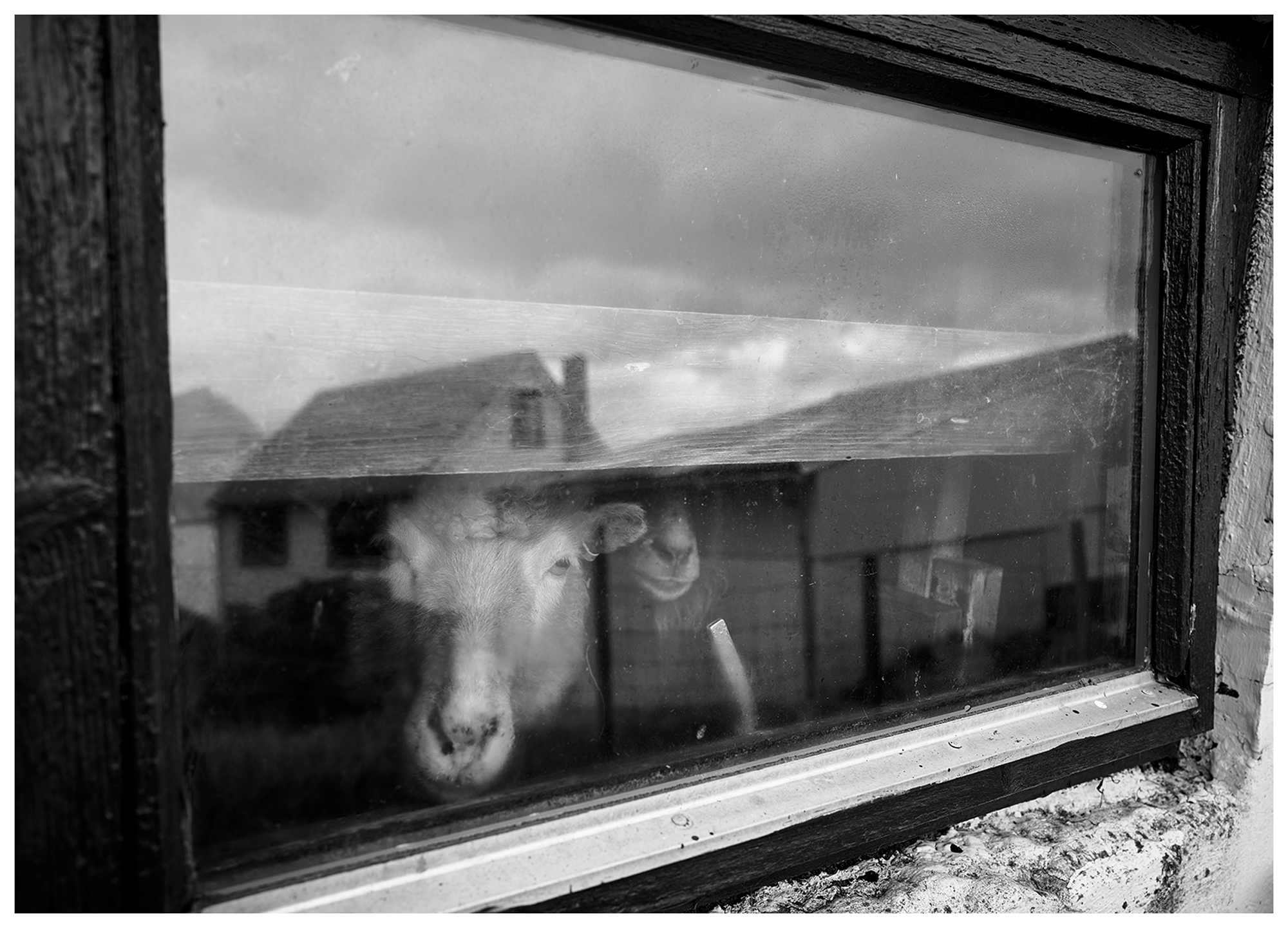
With a long exposure, the clouds become even more important. The blurring of clouds as they scud across the sky gives a sense of energy, dynamism, and drama to the landscape.
When it comes to post-processing my main interest is usually in retaining the subtle tonalities in the sky whilst imparting a sense of drama. And balance is important, too, so I try to avoid skies that are too left or right-side dominant or skies that don’t match or enhance the feel of the other elements in the frame.

You’ve been a professional photographer for nearly 30 years. That’s a long time to remain motivated and committed to producing and selling your work. What has influenced, driven, and changed you?
Ironically, over the years, I’ve become less concerned about the commercial potential of my work at the time of pressing the shutter. I’ve learned to be true to my own vision and to pursue that regardless of whether I think a photograph will sell or not. To have one eye on who will like or buy my images is not only distracting but it leads to safe and sterile photography – the production of work that has sold before. This is so restricting. I’ve learned to take the photographs that I like and worry about who might buy them at a later date. So far, experience has shown that this works for me.
It’s my passion for the subject that has kept me motivated and interested over the years. The landscape is always different – the light changes, the cloud structure alters, and the weather is never the same from one visit to the next – so even returning to the same location never becomes repetitive. I am always inspired by the sights and sounds that I experience when I’m out & about in the landscape. And, of course, coping with the challenges associated with working out in the landscape keeps me on my toes!

Like everyone else, I hit a creative wall from time to time, and when that happens, no matter how stimulating the landscape, I sometimes find I can’t make interesting images. I’ve learned to accept that’s a natural cycle in the creative process and try to make sure it doesn’t get me down too much. I try to work through it by trying something different – photographing with a pinhole camera or shooting in color rather than my usual B&W, for example.
I’m also lucky in that I have quite broad photographic interests, so I can turn to urban abstract or street photography for a while until my landscape mojo returns (and I’m pleased to say that so far, it always has!). I always learn something from shooting in a different way or a different subject that I can apply to my mainstream B&W work.
And I think, ultimately, that’s what keeps me fresh; I’m always learning – about photography, about the landscape, about the light, about me, and about life. Photography has been and continues to be a great source of learning and personal development.
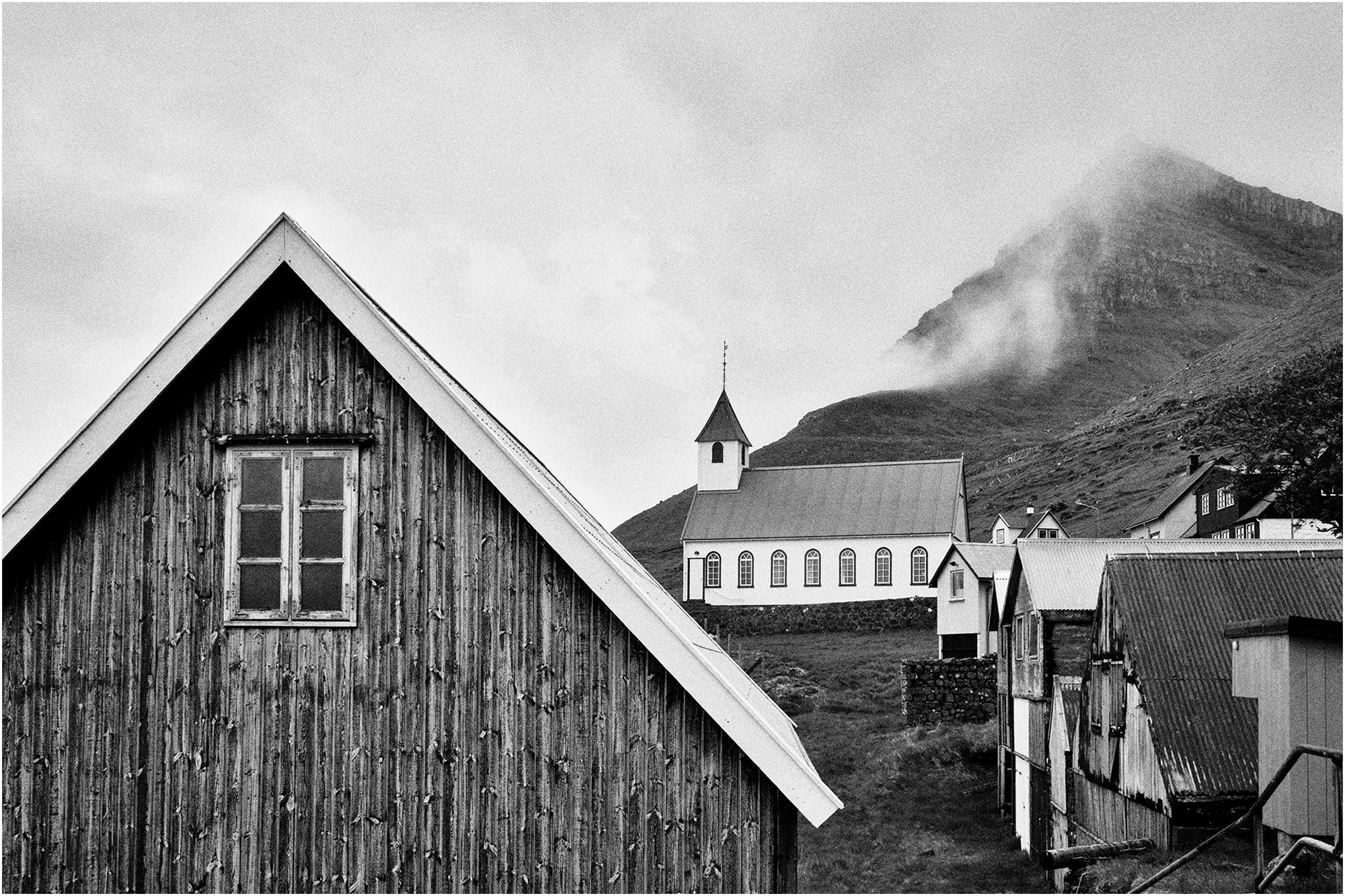
You said this earlier, and I know from our years of being out shooting together that communicating what you’re feeling when taking a photograph is very important to you. Describe that process to me.
I usually react to the subject at that specific moment in time – asking myself what the subject is saying to me, and how it is making me feel – and then considering how I best convey that visually. If I don’t have a strong reaction to a scene or location, then there’s no point in me even getting the camera from my bag – I know from experience that an apathetic response on my behalf results in indifferent images.
And it’s my visual and emotional response – be it love or hate – to the subject that I’m trying to communicate in my images, but whether the viewer ‘gets it’ or not is out of my control. The viewer brings to the interaction with my photographs their own views, experiences, prejudices, moods, and emotions – all of these things I have no control over, so I don’t worry about that.
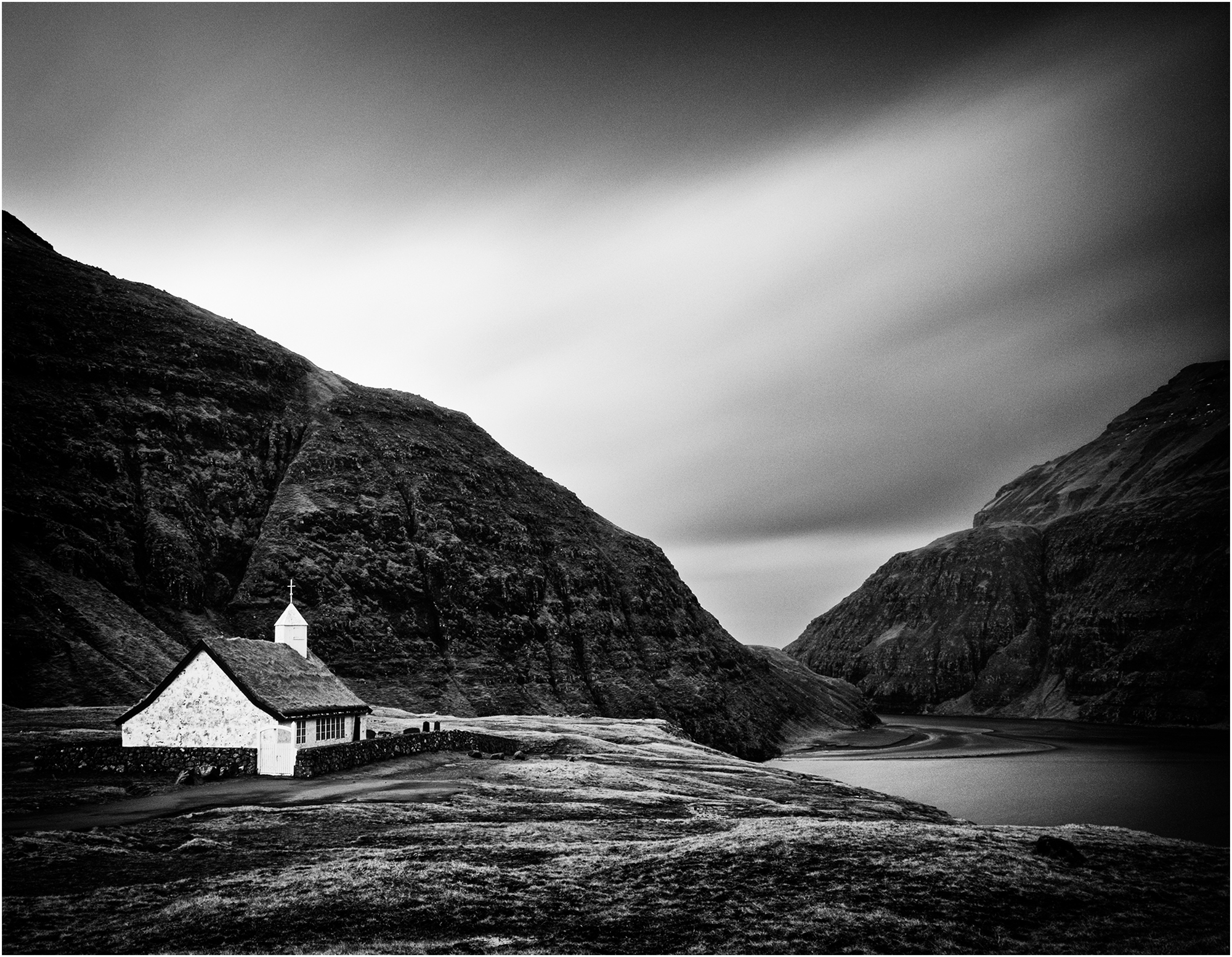
So, are your photographs about you or your subject?
As a landscape photographer, I recognize that any photograph I take is the result of a two-way conversation between me and my subject. The landscape offers me something, it speaks to me, and I choose to hear it and react. But I’m not simply recording what there is – like a mechanical voice recorder – I’m actively responding in terms of where I put my camera, if I opt for a long exposure, whether or not I darken the sky with a grad filter and how I process the final image etc. What I hope, though, is that the landscape has the loudest voice in that conversation; but if not, then I accept that the photograph probably says more about me than my subject.
As photographers, we should acknowledge our role in the conversation and truly value our personal input to that dialogue – I don’t believe in photographic objectivity. I come across so many inexperienced photographers on workshops who think their role is simply to record what they see before them. That’s perhaps understandable but also very naïve and underestimates their individual contribution to the image-making process – something that is vital if their photographs are going to reflect their vision, their unique voice. A photographer must learn to be more than a technical master of the photographic process – they must have something to say, something that comes from inside them in response to the subjects they point their camera at.
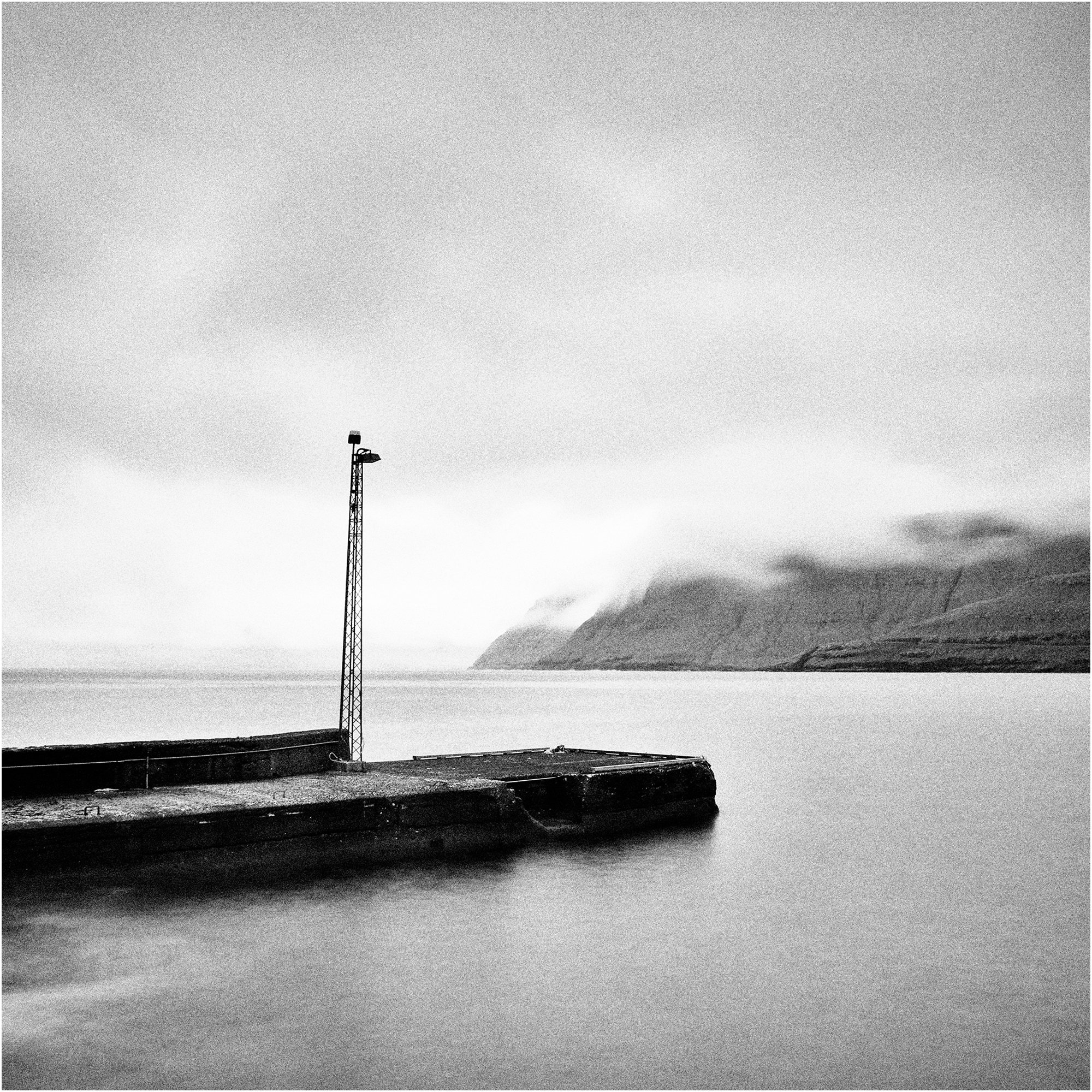
Who has inspired and influenced you over the years?
My photography has been influenced, motivated, and encouraged by a variety of sources. For example, I’ve been inspired by Shinzo Maeda (his Japanese landscapes contain so much beauty in their simplicity) and Michael Kenna (for his black & white minimalist landscapes). However, I also get inspiration from photographers working in other areas e.g. Ralph Gibson (for the graphic strength of his images and his wonderful exploration of the B&W medium), Elliott Erwitt (for his humor and keen observational eye), and Keith Carter, Susan Burnstine and Jason Langer (for their ability to communicate ideas and emotions via their photographs).
I’m also inspired by the landscape work of artists & painters such as John Knapp Fisher and Norman Ackroyd.
I’m a great believer that creativity doesn’t come solely (or even mainly) from within. We don’t really start with a blank canvas – our photographs come from a synthesis of ideas, thoughts, emotional & visual responses, etc, to outside stimuli. So I’m always drawing my inspiration from a variety of sources – other photographers, artists, music, novels, as well as life experiences.
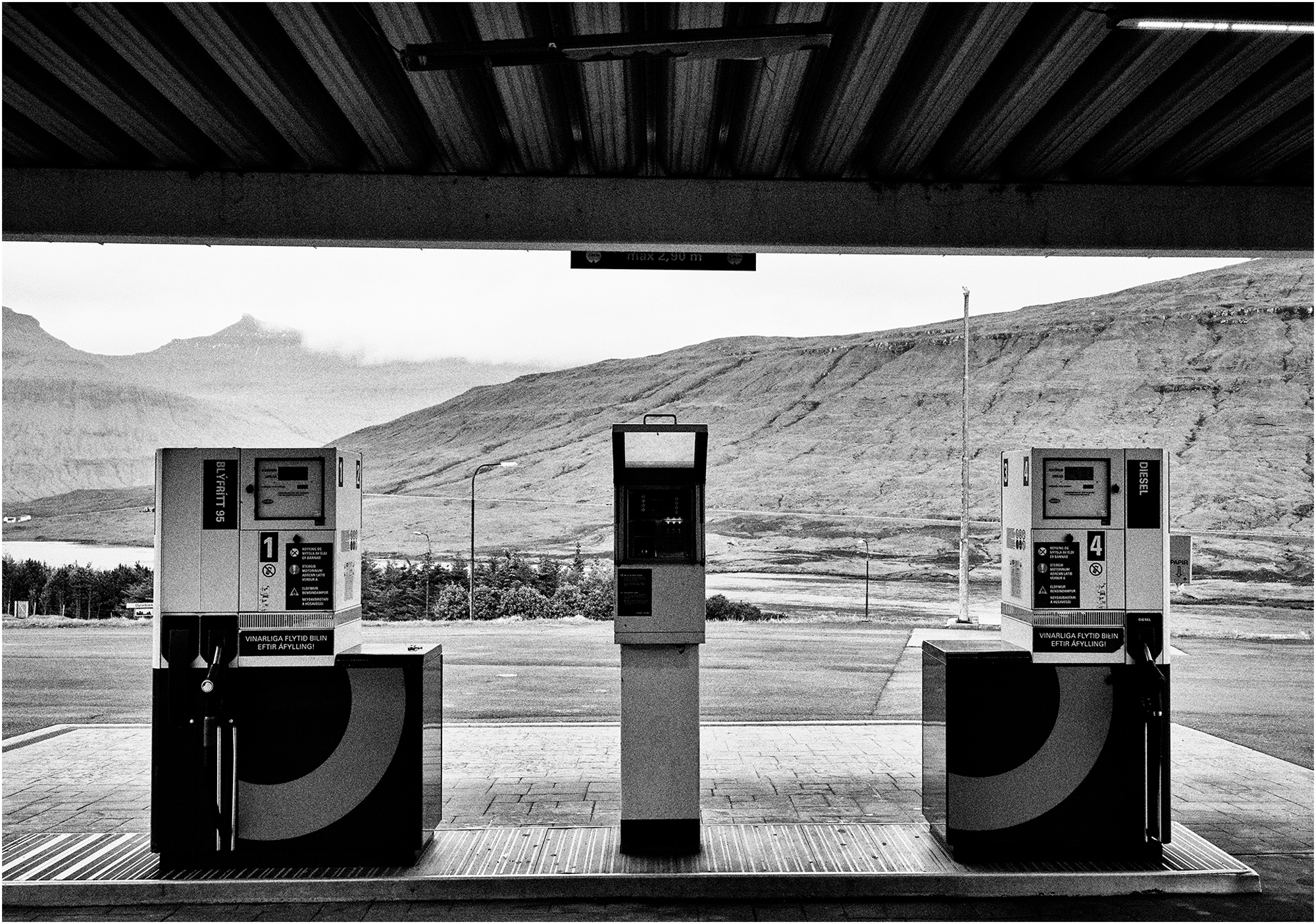
You said you’ve been photographing since the age of seven – what lessons have you learned along the way, and do you have any major regrets?
I wish I’d had the courage much earlier in my photographic career to follow my personal instincts, and pursue my own vision without giving a thought to whether my images would be appreciated by others. I think I would have found my unique voice a lot earlier and perhaps would have developed it further by now. But then, we are who we are because of the personal journeys we’ve made and the experiences we’ve had along the way, so who knows? I’m just very happy with being able to pursue a career that I love so much and one that has given (and continues to give me) such amazing opportunities in my life. Photography has taken me to some incredible places on this beautiful planet and brought me into contact with some wonderful people across the world.
As I’ve grown older, I’ve got more Buddhist-like in both hairstyle and philosophy. I’ve learned to accept that I am where I am and to appreciate that with thanks and no regrets.
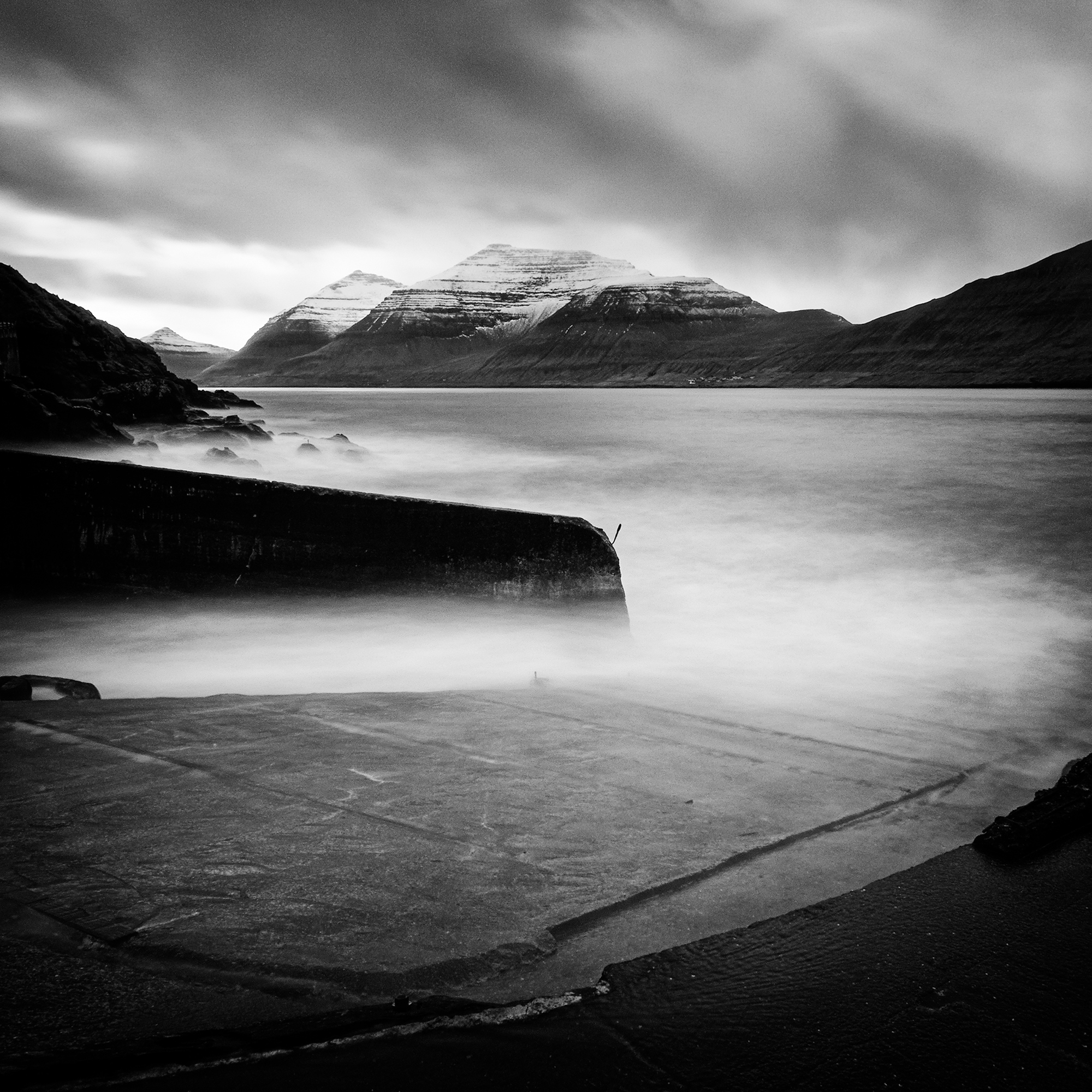
Looking into a crystal ball, what does the photographic future hold for Steve Gosling?
I want to continue to grow as an artist and challenge myself – to work on new (for me at least) areas of photography, to further explore the power & value of the visual image in communicating ideas & feelings, and to allocate more of my time to pursue personal projects. In terms of landscapes, having recently moved to Nidderdale, I plan to spend more time photographing the landscapes closer to home.
So, that’s a project that is location specific, but there are others more focused on specific themes to produce collections of images that are more concept-oriented – about things rather than of things.

For many years I have enjoyed helping other photographers on their personal journeys and want to continue doing that through offering tailored learning experiences. In recent years I’ve run Masterclasses with small groups of advanced photographers to help them think more deeply about their photography, how they approach it, and the principles that underpin what they do. This has been both enjoyable and incredibly satisfying, so I plan to spend more time running these types of events. A new development in planning is to offer online mentoring opportunities for people who can’t or don’t want to attend location-based learning experiences.
Still, a lot to do that will hopefully keep me out of trouble!

Kevin Raber
February 2023
Indianapolis, IN
Photography is my passion and has been for 50 plus years. My career in photography has allowed me to travel the world, meet some of the most interesting people on the planet and see things I could never have dreamed of. My goal is to share the passion of picture taking through photographs and teaching with as many people as I can, hoping it brings them as much joy and happiness as it has me. I do this through photoPXL.com, this site, as well as Rockhopper Workshops, and other projects, as well as teaching as Artist In Residence at the Indianapolis Art Center.






